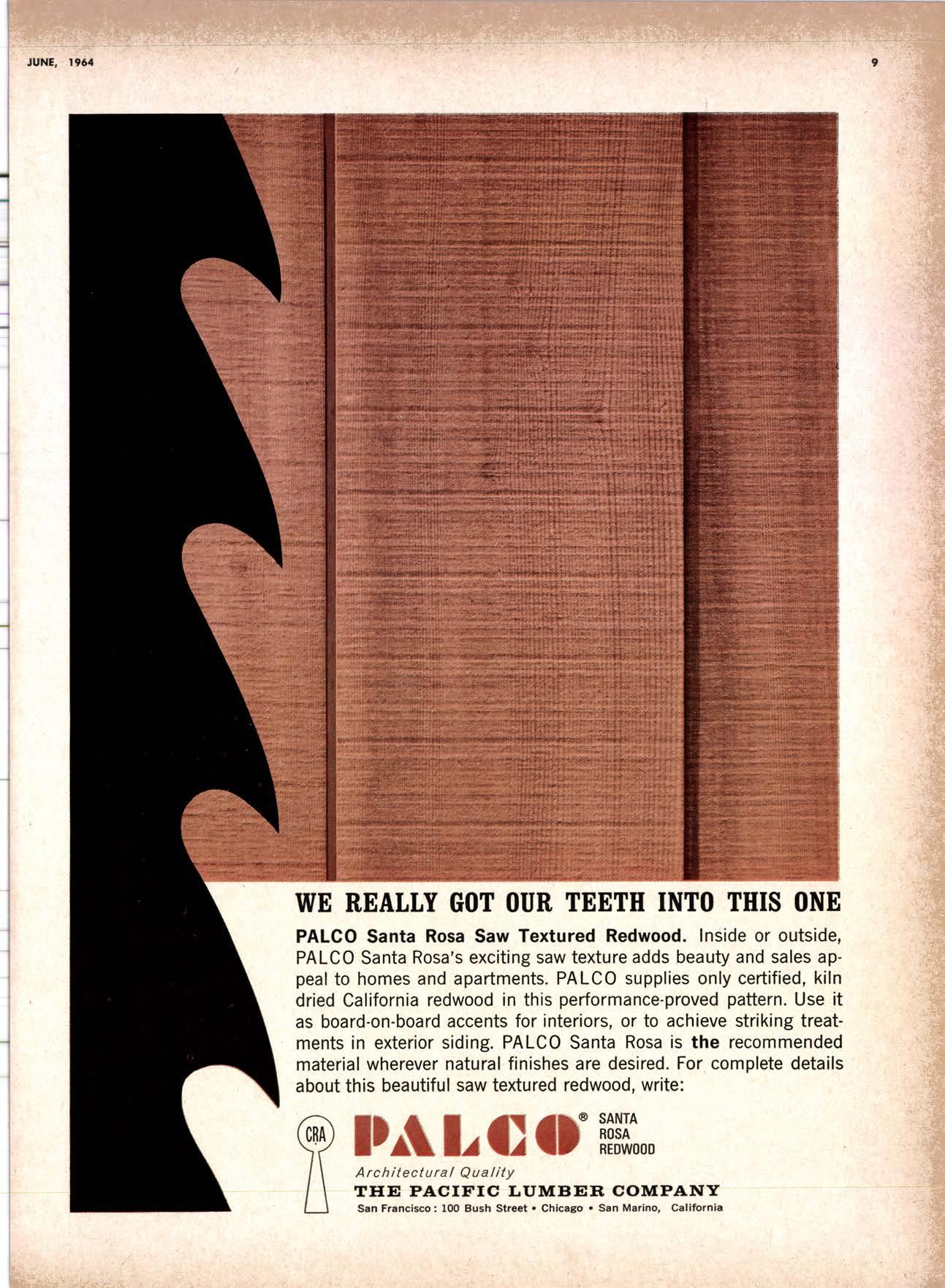
2 minute read
The Bitter Struggle Over Lumber Standards Goes to the Wire
((T A\l Joseph S-. ]lt Cra,'ken. execu---f tive .r ice president uf I estern For-est I ndustries .{ssociali,,tr. a trade trssocriation of sawmills and plywood plants in lV'ashingt6n- ()regon, California, Mon' Iana. and Idaho.
lJefore discussing the proyrosal for the modification of lumber standards. let me ernphasize that we are not a "small minorit1'" as has been represented. We have sii4ned statements {rom the producers of over one-half of the lumber made in the Westthcy oppose tlie ALSC proposal. In addition. among us we represent the point of view of ports. domestic un-subsidized water carriers, marine labor. longshoremen and lumber dealers.
Ste oppose the pending proposal because: l. It discriminates against all green lumber, against air-dried lumber and against the dry lumber of several important species lo thc advantage primarily of the owners of large tracts of other species of tim,ber;
2. It will cause serious economic disruption in the Western and Inter-mountain States and among ports. maritime interests. lunrber dealers and large numbers of wood users throughout the countryl and lJ. It fustrates the benefits to be had Irom one of the most startling technical improlements in the history of lumberthe electronic stress grading machine.
It is important to bear in mind two ke,v lspects of the American Lumber Standards (lommittee's proposal : a. It would reduce the standard size of all lumber that is 2" thick or less; and b. It would create at point of manufacture a differential in lumber sizes depending upon whether at that time the lumber is at or. on the other hand. over '19 percent in moisture content.
'Ihere have recently come on to the market machines that will electronically stress grade and automatically stamp the stress rating on the individual piece of wood. A dozen or so of these machines are alreadl. in use in various mills and others are being ordt'rcd.
Tbe uords fleut tbick and. last at tbe Western Forest Ind,ustries association meeting in San Francisco ooer tbe proposed meu lumber size stand.arcls, clrrrently in tbe ballot-coanting stage at tbe Department of Commerce in lYashington, D,C.
Again, CLM presents the opposing sid.es ol tbe controoersy in bopes tbat tbis breech in the lumber business's none too soli.d front against competitioe ntaterials can be bealed utirb reasonable satis{action to all inooloed
We regret tbat at press time u)e are unable to report the fi.nal results of tbe balloting on tbis controuersial issue.
'Ihese machr'nes are shorving not onl,v that ilrest Coast species are far stronpler than necessary to meet construction requirements: they are revealing, too, that several species in the Intermountain region which have not been thought suitable {or construction are in fact appropriate and useful {or that purpose.
If the stress grading machine comes into widespread use, as rvill soon be the case, then the owners of large tracts of West Coast species will find a new source of competition from the Intermountain species. As this development takes place over the next few years, there will be a gradual adjustment in competitive relationships within the industry. As a consequence,
(Continued on Page 84)
We Reaiiy Gotour Teeth Into This One
PALCO Santa Rosa Saw Textured Redwood. lnside or outside, PALC0 Santa Rosa's exciting saw texture adds beauty and sales appeal to homes and apartments. PALCO supplies only certified, kiln dried California redwood in this performance-proved pattern. Use it as board-on-board accents for interiors, or to achieve striking treatments in exterior siding. PALCO Santa Rosa is the recommended material wherever natural finishes are desired. For complete details this beautiful saw textured redwood, write:











